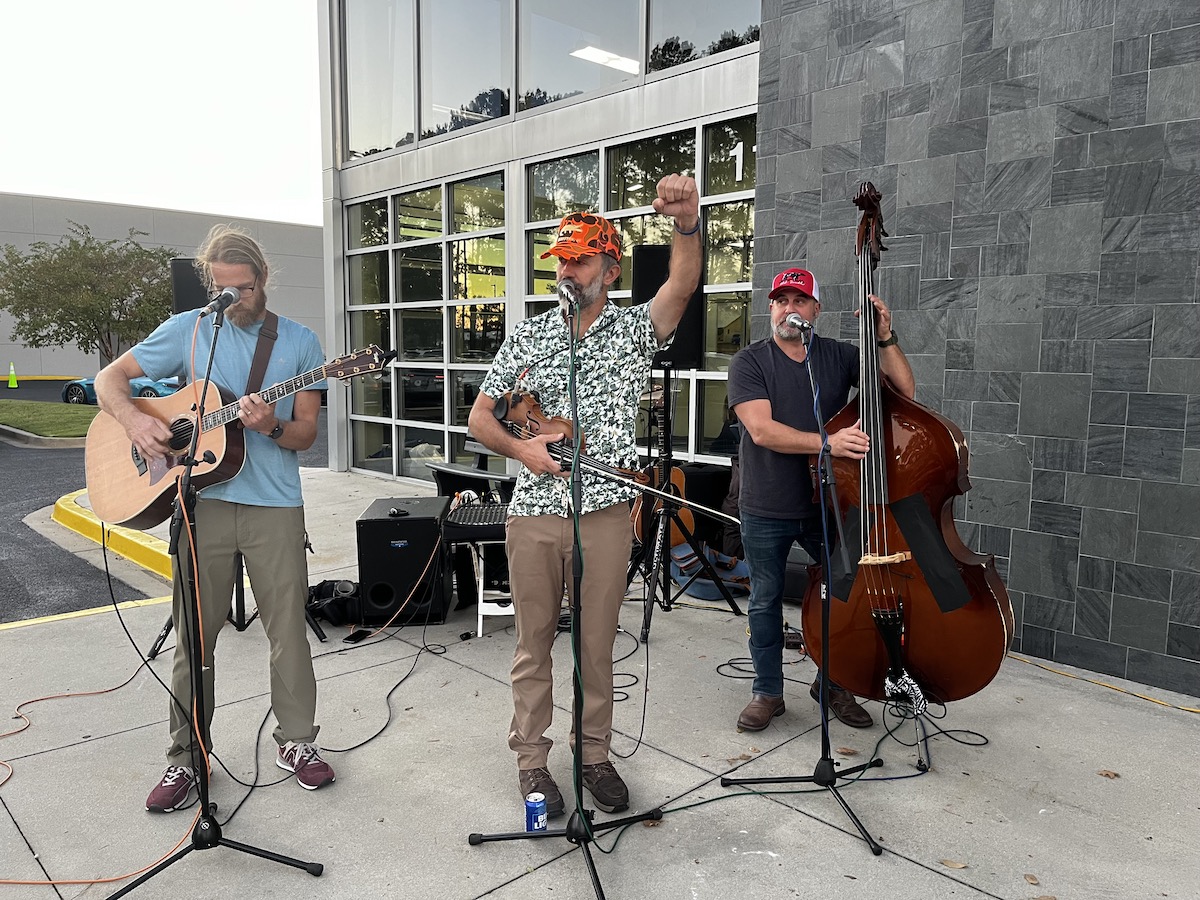Manatees have begun returning to their summer haunts along the coast of South Carolina, which means the S.C. Department of Natural Resources (DNR) is again reminding boaters to be on the lookout to avoid collisions with the endangered animals. Feeding and watering manatees is illegal and encourages them to spend time at docks and marinas, making them susceptible to being hit by a boat, one of the main causes of death for this endangered species. DNR enforcement efforts to prevent the feeding/watering of manatees will be enhanced in South Carolina.
Although Florida manatees are present throughout the year in Florida, they are migratory in South Carolina. Manatees begin their slow migration up the South Carolina coast each spring when water temperatures rise into the upper 60s. They can be found in tidal rivers, estuaries and nearshore marine waters throughout Georgia and the Carolinas throughout the summer months. Manatees return to Florida in September and October as the water temperature cools.
Collisions between boaters and manatees are more likely to occur in shallow waters, particularly around docks and at the edge of marshes where manatees feed. Following boater safety regulations in these areas can reduce the risk of a collision. Boaters should also watch for manatee backs, tails, snouts and “footprints”—a series of round swirls on the surface caused by a swimming manatee’s tail.
The number of manatees along South Carolina’s coastline each year is unknown because the turbid, murky waters near the coast make surveys difficult. South Carolina residents can help biologists learn more about the movements and habitat use of manatees by reporting any sightings and taking photographs. Report a healthy, live manatee at www.dnr.sc.gov/manatee/sight.htm. Please note the date, time, location and number of manatees seen, as well as the coordinates, if possible.
If a boat accidentally collides with a manatee, the S.C. Department of Natural Resources (DNR) asks that the boater stand-by and immediately contact the U.S. Coast Guard on VHF Channel 16 or DNR at (800) 922-5431. Doing so provides biologists the best chance to help the animal and gather valuable scientific data.
Photographs of scars on their backs and tails are especially useful because they can often be used to identify previously known manatees.






